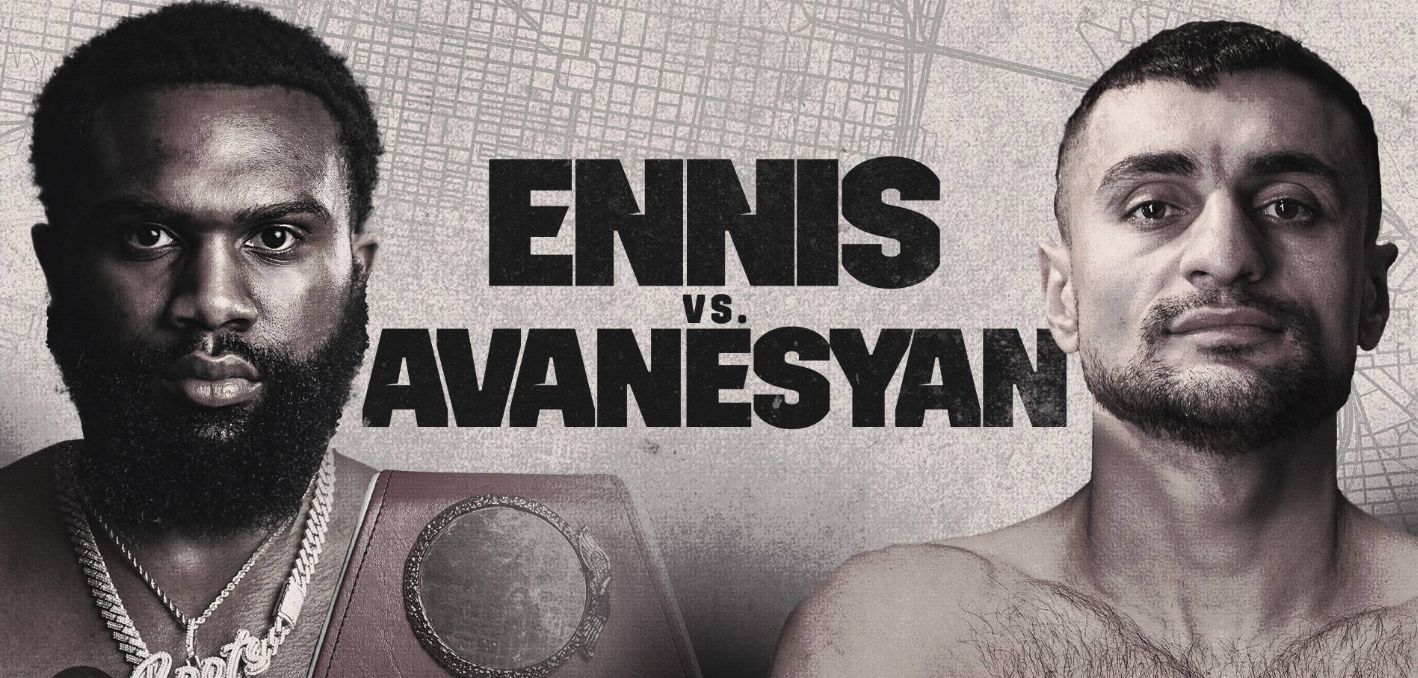Officiating in Boxing and the Scope for Tech Involvement

The integration of technological innovations in multiple sports has risen in the last decade. This includes instant replays, Hawk-Eye systems, and video assistant referees. Boxing is one of the sports that has also welcomed the use of technology. While it essentially uses human decisions in its officiating process, we've examined the scope of technological involvement in the sport.
Officiating in Boxing
Professional boxing typically relies on three judges, of which a majority decision determines the winner. At International Boxing Association (IBA) events, the results are entered into a computer system, which the judges are not privy to. This ensures the scoring process is transparent and unbiased.
Referees, conversely, are responsible for enforcing the rules of boxing, thereby maintaining a fair environment for the fighters. The Nevada State Athletic Commission (NSAC) introduced an innovative inclusion in officiating, authorising instant video reviews for boxing referees. This further enhanced the officiating, allowing officials to reach accurate decisions in tight circumstances properly.
Officiating Technology in Sports
Several sports rely on high-end technological advancements for improved accuracy. For instance, football and tennis rely on Hawk-Eye. In tennis, this helps correctly track the movement of the ball. It's also a crucial aspect of goal-line technology in football, as it uses cameras and sensors to detect whether the ball crossed the goal line and alerts the referee via a wristwatch vibration.
Likewise, horse racing uses a photo finish tool to ensure accurate race results. This utilises fast cameras that take pictures of horses crossing the finish line, making it possible to identify the winner. Similarly, virtual horse racing, though not reliant on photo finish technology, uses algorithms and models to decide the winner. In a virtual horse racing event, winners are determined by a Random Number Generator (RNG). Although the technology randomly determines the outcome of a virtual game, players can significantly improve their knowledge of how to bet on virtual sports from sports blogs and review sites.
Scope for Tech Involvement in Boxing
The use of instant replay systems has been a significant debate in different boxing jurisdictions, as the 60-second rest period between rounds makes it somewhat tricky to consult replays constantly. Although the World Boxing Council (WBC) instituted its use in 2008, it has used it in 24 countries worldwide and for reviewing specific actions. For instance, it's used in reviewing cases that can change the outcome of a fight or to confirm the validity of a knockdown. This was used in a 2011 fight between Bernard Hopkins and Chad Dawson, where the referee declared a TKO in favour of Dawson. The review revealed that Dawson had fouled Hopkins, and the council ordered a rematch.
Boxing gloves or ring sensors are another technology that can help reach fair decisions. The sensors can be inserted into the gloves or the ring, giving real-time information about how hard and where each punch hits. Spectators can also use this information and the judges' scores to get a more accurate and complete picture of the fight.
The Promise of Improved Officiating
Modern technology has proven to enhance the quality of refereeing and the overall fairness of games. While this comes with concerns, including delays experienced pending the outcome of a decision and the possibility of technological glitches, it remains a positive step in the right direction.







